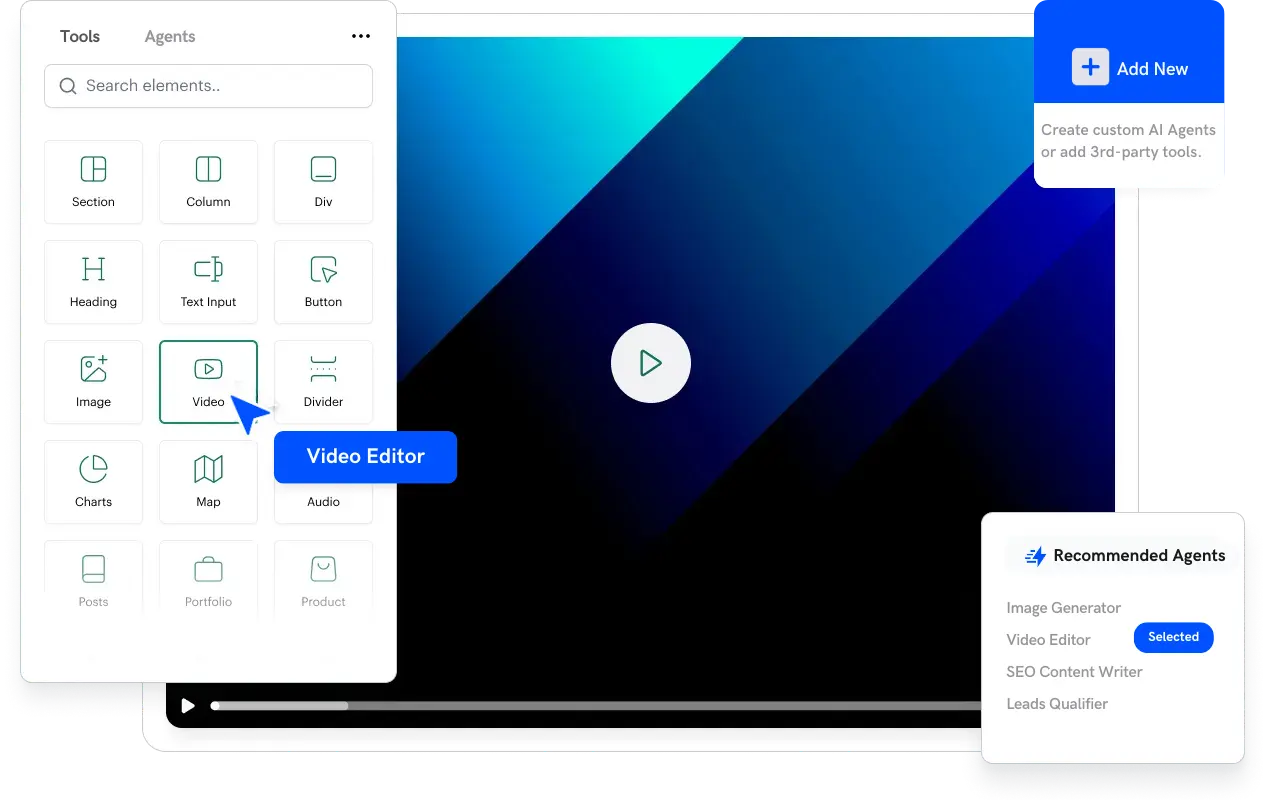Introduction
Robotic Process Automation (RPA) is one of the most powerful applications of AI in streamlining business operations. By automating repetitive, rule-based tasks, RPA allows employees to focus on more strategic activities, significantly improving operational efficiency and reducing errors. According to research by Forrester, RPA can decrease processing times by up to 70% in many cases. This article offers an in-depth exploration of RPA, discusses its benefits and strategies for implementation, and demonstrates how TurboMode AI enhances RPA initiatives.
Understanding RPA and Its Capabilities
RPA refers to the use of software “robots” to perform tasks that are mundane and repetitive in nature. Key capabilities include:
- Task Automation:
Performing data entry, form processing, and other routine operations without human intervention. - High Accuracy:
Robots are programmed with precise rules and execute tasks consistently, reducing errors. - Scalability:
RPA systems can be scaled to handle large volumes of tasks around the clock.
Applications of RPA in Business Operations
RPA finds applications across various industries:
- Finance and Accounting:
Automating invoice processing, reconciliation, and financial reporting. - Customer Service:
Handling customer queries, processing orders, and managing transactions. - Human Resources:
Streamlining recruitment processes, onboarding, and payroll management. - Supply Chain Management:
Automating inventory tracking, order processing, and logistics.
TurboMode AI
TurboMode AI integrates seamlessly with RPA systems by converting meeting discussions into actionable tasks. This ensures that automated processes are linked directly to real-world outcomes, increasing overall efficiency.
“We’re shifting the game from managing work to getting work done.”
Discover the power of RPA combined with TurboMode AI—book a demo today.
Strategies for Successful RPA Implementation
- Identify Repetitive Tasks:
Conduct a thorough assessment of your operations to pinpoint tasks that can be automated. - Select the Right RPA Tool:
Evaluate software solutions that meet your business needs, focusing on ease of integration and scalability. - Pilot Projects:
Start with a small, controlled implementation to understand the benefits and make necessary adjustments. - Integrate with Existing Systems:
Ensure that RPA tools work in harmony with your current IT infrastructure. - Monitor and Optimize:
Use real-time analytics to track performance and continuously refine the automated processes. - Train Your Workforce:
Educate employees about RPA, emphasizing that it is designed to free up their time for more strategic tasks.
Benefits of RPA
- Increased Efficiency:
Automated processes run faster and more accurately than manual ones. - Cost Savings:
Reduced labor costs and fewer errors translate into significant financial savings. - Employee Satisfaction:
Removing tedious tasks allows employees to focus on more engaging, value-added activities. - Enhanced Accuracy:
Consistent, rule-based automation minimizes human errors and ensures high-quality outputs.
Case Studies and Success Stories
A global retail company implemented RPA in its order processing system, achieving a 50% reduction in order fulfillment times and a 30% decrease in processing errors. Similarly, a healthcare provider used RPA for patient data management, resulting in improved data accuracy and faster patient service times. These examples underscore the tangible benefits of integrating RPA into business operations.
Challenges and Considerations
- Integration Complexity:
Merging RPA with legacy systems can be challenging. It is essential to work with vendors experienced in large-scale integrations. - Employee Resistance:
Workers may fear that automation will lead to job losses. Emphasizing that RPA augments rather than replaces human roles can help alleviate these concerns. - Maintenance and Updates:
RPA systems require ongoing maintenance and regular updates to remain effective as business processes evolve.
Future Trends in RPA
- Cognitive Automation:
Future RPA systems will incorporate AI capabilities such as natural language processing and machine learning, enabling more complex, adaptive automation. - Integration with IoT:
Connecting RPA with Internet of Things (IoT) devices will allow for real-time data integration across various operations. - Self-Optimizing Processes:
Advanced RPA tools will not only automate tasks but also analyze performance data to suggest proactive process improvements.
Conclusion
Robotic Process Automation is revolutionizing business operations by automating repetitive, error-prone tasks and enabling a more efficient, agile workflow. When integrated with advanced platforms like TurboMode AI, RPA transforms your daily operations by ensuring that actionable insights are automatically converted into tasks, driving continuous improvement and productivity. Embrace RPA to reduce costs, improve accuracy, and empower your workforce to focus on high-value tasks—book a demo today.






